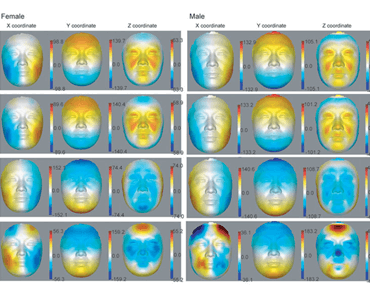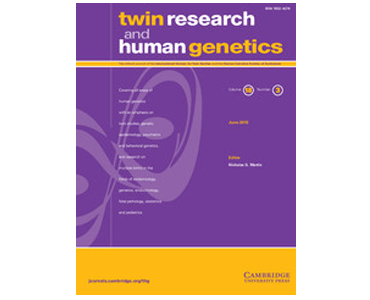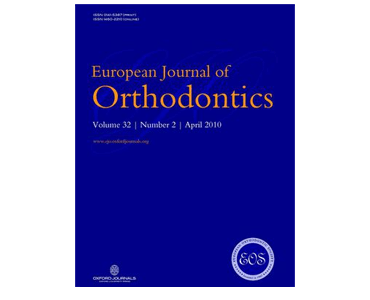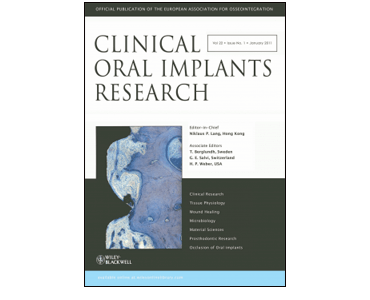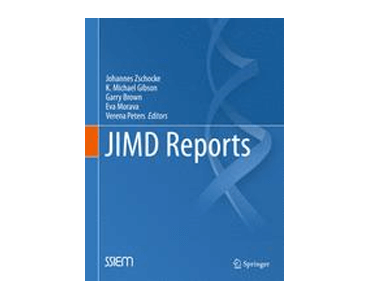Cephalometric analysis and long-term outcomes of orthognathic surgical treatment for obstructive sleep apnoea. ED Ubaldo, GM Greenlee, J Moore, E Sommers, and AM Bollen.
Date: June 2015. Source: The International Journal of Oral and Maxillofacial Surgery, 44(6):752-9. Abstract: The aim of this study was to describe skeletal and posterior airway changes after orthodontic treatment and surgical jaw advancement, and to evaluate whether there is a correlation between increasing advancement and a long-term reduction in obstructive sleep apnoea (OSA). Lateral…



